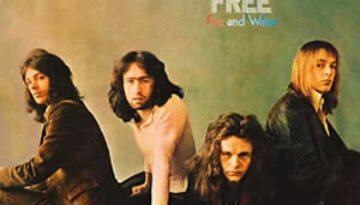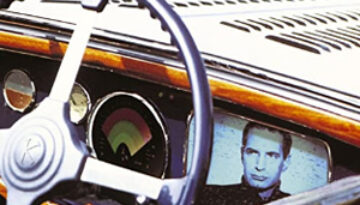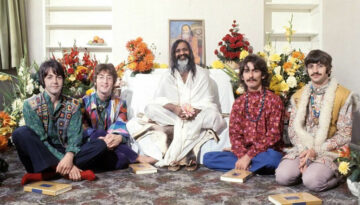Fire and Water by Free
Buy Fire and Water The 1970 album Fire and Water was the third studio album by Free and it proved to be the breakthrough of the group’s short but prolific career. The album […]

Buy Fire and Water The 1970 album Fire and Water was the third studio album by Free and it proved to be the breakthrough of the group’s short but prolific career. The album […]

Buy Kamakiriad This album review is provided by Mike Fishman, who has written about Van Morrison for the Mystic Avenue blog and writes about film for IndependentFilmNow.com. Kamakiriad (1993) was Donald Fagen‘s second […]

In early 1968, all four members of The Beatles traveled to northern India to attend a Transcendental Meditation training course with Maharishi Mahesh Yogi. While George Harrison, John Lennon, Paul McCartney and Ringo […]